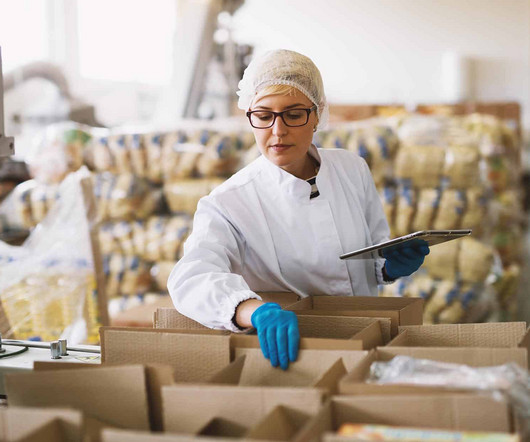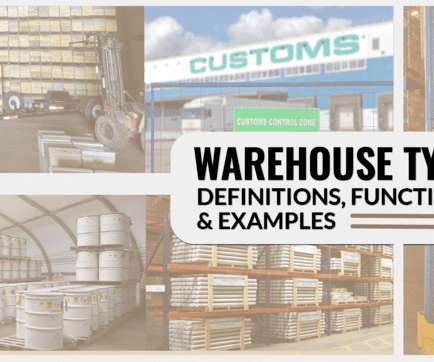What does a 3PL Provide for Food Logistics?
FW Logsitcs
APRIL 25, 2023
As a company that handles food products, logistics is an important part of your business. The Importance of 3PL for Frozen Food Items A third-party logistics (3PL) provider is a company that provides logistics and supply chain management to other companies. The food logistics industry is huge, as the global market reached $10.6















Let's personalize your content